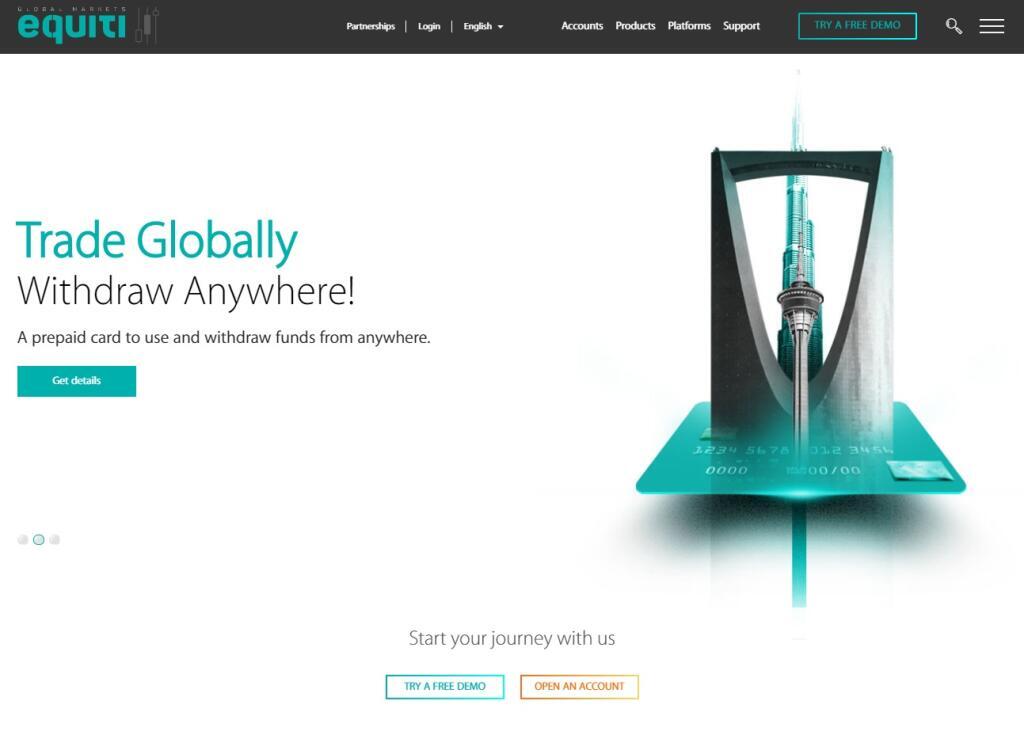05 Dec Issued Shares: Definition, Example, Vs Outstanding Shares

In a liquidation, preferred stockholders have a greater claim to a company’s assets and earnings. This is true during the company’s good times when the company has excess cash and decides to distribute money to investors through dividends. The dividends for this type of stock are usually higher than those issued for common stock. Preferred stock also gets priority over common stock, so if a company misses a dividend payment, it must first pay any arrears to preferred shareholders before paying out common shareholders. The total amount of stock currently in the hands of the public is referred to as the shares “outstanding.” Shares are sometimes bought back from stockholders and recorded as treasury stock.
Enbridge stock falls on US$14B deal to double gas utility business – Yahoo Canada Finance
Enbridge stock falls on US$14B deal to double gas utility business.
Posted: Wed, 06 Sep 2023 14:24:58 GMT [source]
If a company misses a dividend, the common stockholder gets bumped back for a preferred stockholder, meaning paying the latter is a higher priority for the company. Common shares represent a claim on profits (dividends) and confer voting rights. Investors most often get one vote per share owned to elect board members who oversee the major decisions made by management.
Advantages of Issuing Common Stock
However, the transaction amount depends on assets market value or common stock market value whichever can be measured more reliability. Most stocks you hear about are common stocks, which represent partial ownership in a company and include voting rights. The Corporation is authorized to issue nonvoting common stock having such par value as may be fixed by the Board from time to time. Such nonvoting common 48 unexpected expenses that will bust your budgetand how to pay for them stock shall be freely transferable, except that, as to the Corporation, such stock shall be transferable only on the books of the Corporation. For example, on January 1, we hire an attorney to help in forming the corporation in which they charge us $8,000 for the service. However, instead of paying cash, we give the 1,000 shares of common stock to the attorney in exchange for the service instead.
The number of issued and outstanding shares, which is used to calculate market capitalization and earnings per share (EPS), are often the same. In some situations, companies may receive an exemption from the requirement to inform investors of potential risks. This may happen, for example, if the prospective shareholder is already an investor in the company or has done business with it. This could apply to many newly-established small businesses, whose shares are often held by board members or relatives of leadership members.
Common Stock Calculation Example
Issued shares also differ from outstanding shares, or the number of shares that are in the market and available for purchase by investors but do not include shares the company holds in its treasury. Issued shares may be contrasted with unissued shares, which have been authorized for future offering but have not been issued yet. A public company can issue common stock to the shareholders of acquisition targets, which they can then sell for cash. This approach is also possible for private companies, but the recipients of those shares will have a much more difficult time selling their shares. The dividend yield of a preferred stock is calculated as the dollar amount of a dividend divided by the price of the stock. This is often based on the par value before a preferred stock is offered.
The other big class or category of corporate stock is the posher-sounding preferred stock. So investors with a shorter time horizon, such as those who are older or who need their money sooner, are better off investing elsewhere or at least diversifying their portfolios with other assets. Whereas, a company is legally allowed to skip paying a dividend payment to common shareholders – although, skipping a dividend payment is viewed poorly in the eyes of any shareholder. This is another very common reason why companies will issue common stock. There is an entire legal process a company must go through, in addition to meeting various SEC requirements if the company is issuing stock on the public market. Perhaps the business is a family business, and if you issue shares, you are opening the business up to people besides family.
Why Companies Issue Common Stock
Yarilet Perez is an experienced multimedia journalist and fact-checker with a Master of Science in Journalism. She has worked in multiple cities covering breaking news, politics, education, and more. Her expertise is in personal finance and investing, and real estate. Volatility profiles based on trailing-three-year calculations of the standard deviation of service investment returns.
- If all the company’s assets were converted into cash and all its liabilities were paid off, you would receive 10% of the cash generated from the sale.
- For a company to issue stock, it must begin by having an initial public offering (IPO).
- For example, Company ABC issues 100,000 shares to the capital market with a par value of $1 per share.
- This number is important because it serves as the basis for dividend payments as well as any votes taken of the stockholders.
This does not mean that shareholders can walk into a company’s offices and claim ownership of a portion of the chairs or desks or computers. These things are owned by the corporation itself, which is a legal entity. Common stock is traded on exchanges and may be bought and sold by investors or traders. Shareholders of common stock may be entitled to receive dividends. The main difference between common stock and preferred stock is the fact that preferred stockholders receive their dividend payments as a priority.
AccountingTools
The shareholders are not allowed to withdraw the total capital from the company. Assets are things that could increase the value of a company over time, while liabilities are debts that must be paid or goods and services obligations that must be fulfilled. The Corporation, from time to time, shall issue to each originator or certified facility voting common stock evidencing any capital contributions made pursuant to this subsection. Each share of voting common stock shall be entitled to one vote with rights of cumulative voting at all elections of directors.
Geneone Life Science to raise 2.5 bln won via stock offering – Yonhap News Agency
Geneone Life Science to raise 2.5 bln won via stock offering.
Posted: Wed, 06 Sep 2023 07:03:51 GMT [source]
Once a greater number of common stocks are sold in the market, an existing shareholder’s ownership stake and voting influence diminishes. Companies sometimes avoid issuing more common stock as a courtesy to existing https://online-accounting.net/ shareholders. That capital can be used in a number of ways to help the business grow, such as to acquire another company, pay debts or to simply have access to more cash for general corporate reasons.
Common Stock: What It Is, Different Types, vs. Preferred Stock
This discount on common stock is not an expense in the income statement; however, as mentioned above, it is treated as a reduction of par value common stock which is presented in the balance sheet. For example, a cash receipt of $8 per share for common stock of $10 par value. This is due to a lack of interest from investors and there is only one investor is willing to pay $8 per share for 1,000 shares. The deficit of $2 per share ($8 minus $10) is called a discount on common stock. When par value stock is issued at a discount, the assets received both cash or noncash assets is lower than the value of the common stock.

The first step is an initial public offering, which is usually done by partnering with an investment bank, which helps price the stock and decides just how many shares will be made available. Not only does the company receive money for the stocks they issued, the shareholder or investor can also receive money when they go to resell their shares on the open market. Different from issuance for cash, the issue of stock for non-cash requires the company to define the market value of both stock and noncash assets. The issuance price will depend on one of the market values if it is more reliable. In most cases, the stock market value is more reliable as they trade in the capital market with many buyers and sellers. Unless the stock market value is not available, then asset fair value will be use.
Issuing stock is a great way of getting that cash quickly, without adding liabilities to the balance sheet. For example, Company ABC issues 100,000 shares to the capital market with a par value of $1 per share. As the company is making a good profit, the investors really interest in purchase the share. Most of the time, company issue the common stock for cash and use it for other purposes.






No Comments